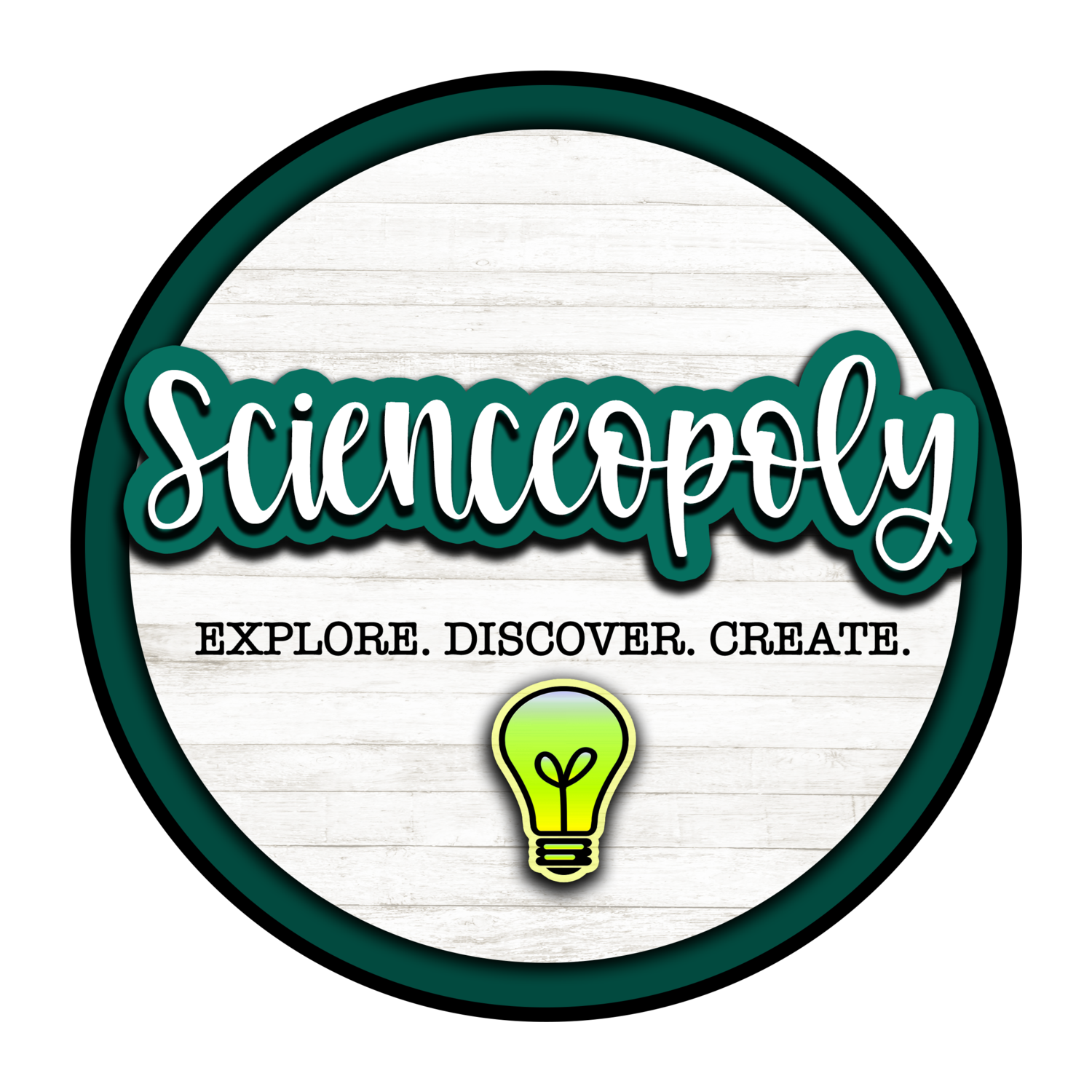The cell unit - back to basics
The Cell Unit Overview
Before launching into cellular respiration, photosynthesis, or even a discussion on the microbiome, I spend a few weeks focusing on the cell by itself. I don’t dive into each and every organelle as students will revisit the cell in high school biology and become well acquainted with these at that point. Instead, I focus on cell theory, the idea of cell differentiation, and I highlight just a few organelles that are important for understanding the rest of our studies (namely the mitochondria, chloroplast, cell membrane, nucleus, and ribosome). I also engage students in activities that allow them to see cells for themselves (with a microscope or videos, depending on the resources available) and discover the many different shapes and functions that cells can take.
This unit does meet 2 middle school standards pretty well (MS-LS1-1 and MS-LS1-2) and it focuses heavily on the use of models as a scientific tool, but it is limited in setting up full investigations for students that show how cells interact with their environment and each other. Still, I argue that this unit is important and worth the 2-3 weeks I give it. Not only do students gain a basic, fundamental understanding of the cell, they also gain experience using various forms of modeling as a scientific tool.
What the Cell Unit Includes…
To start the cell unit, I introduce students to the concept of Cell Theory- the idea that cells are living things and all living things are made of cells. We start with some very basic activities to establish guidelines for how we would consider something to be “living.” This may seem like too simple an activity, but when middle school science students have to grapple over the idea of whether or not a leaf or a piece of fruit removed from its tree is a “living” thing, interesting discussions emerge. Students also engage in their first modeling activity, a makerspace activity in which they recreate a cell image they find online. Undoubtedly, students will find different images and will create different models which begs the questions, “can all these be cells?,” and leads us to our next discussion of cellular differentiation. Exploring the concept of cellular differentiation is such an important and often overlooked topic in middle school science. In so many aspects of biology, form and function go hand-and-hand. By having students explore for themselves the way in which cells look and behave differently, they begin to see this concept directly.
During this unit, I also take time to focus on the use of a microscope. I’ve worked in schools with amazing amounts of available resources, including top-of-the-line microscopes, and other schools with nothing more than severely outdated textbooks. Either way, I have still included some version of a microscope lesson with microscopic views of the cell, even if it meant simply showing a video. I feel this is important because so much of what students will see online when they search cell images are computer generated or artistic renditions so seeing genuine cell images under the microscope, even through video, seems necessary. If we can use microscopes, all the better, even if we are just viewing the plant cells. And, if you are willing and able, some smartphones are capable of viewing plant and animal cells with magnification power that rivals that of a basic microscope.
I also spend time during this unit asking students to compare plant-like and animal-like cells as we begin to explore several specific organelles. Comparing these two types of cells in their most general forms helps students to understand the basic differences between members of the plant kingdom and animal kingdom at a cellular level. It also helps guide us into a discussion of cellular respiration which occurs in the mitochondria, found in both types of cells, and photosynthesis which occurs in the chloroplast, found only in the plant-like cells. Later, this foundational knowledge will be built upon as we study ecosystems and the manner in which matter cycles through systems.
The end of this unit finds us circling back to models, only now students use their models to reflect their understanding of the cell, it’s organelles, and how it functions as a system. In the first modeling project, students create 2 basic models of a plant-like and an animal-like cell, concentrating on using this scientific tool as a way to visualize a science object that is generally too small to see. In the second modeling project, students focus on the cell as a system and create an analogy model showing how the different organelles work together to create a functioning, living system.
This unit sets a foundation of science knowledge that the entire class can build upon as we move forward in our studies. It gives us shared experience with the concept of cells as we move into cellular processes, body systems, ecosystems and so much more which is why I happily give 2-3 of my precious academic weeks to these studies.



